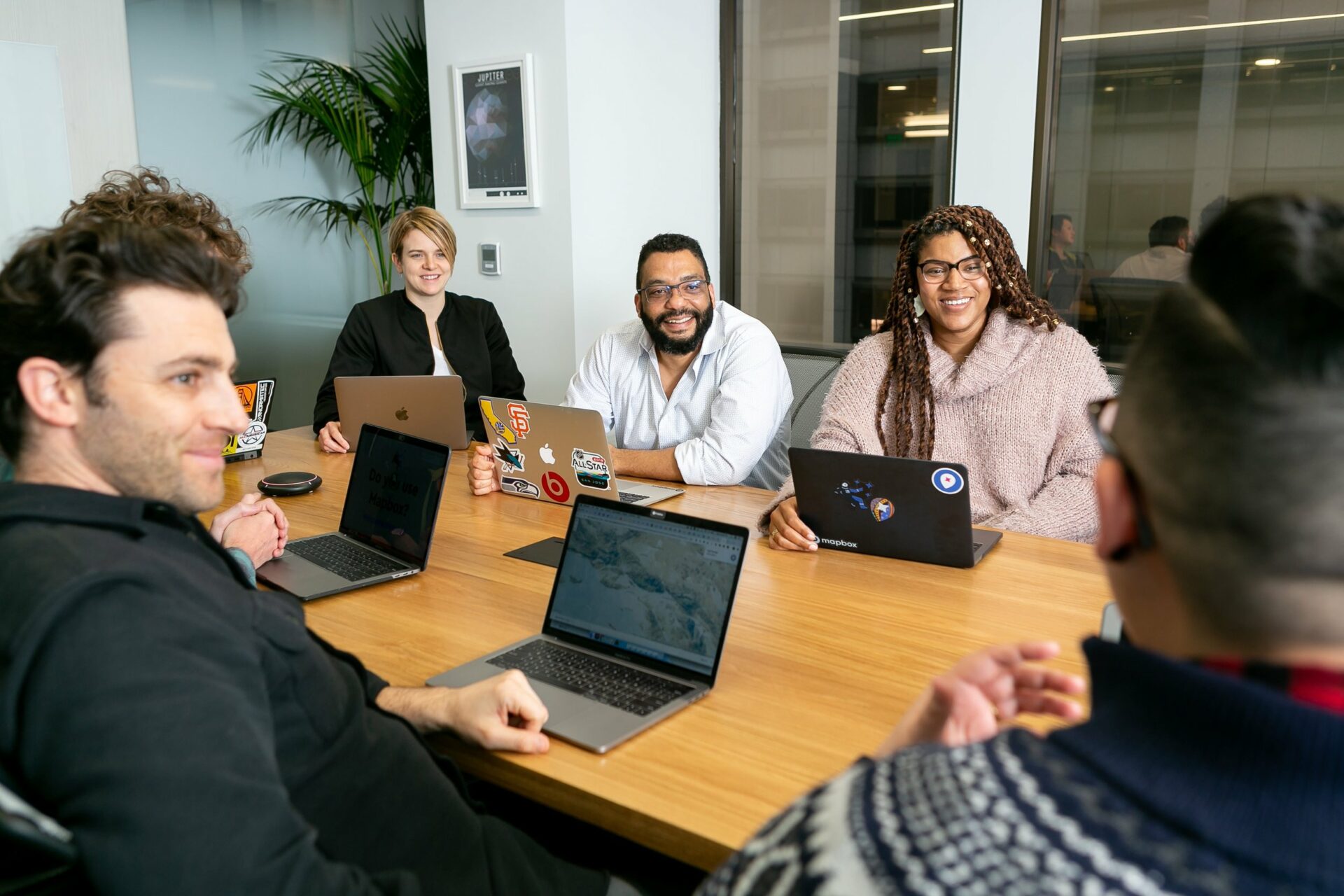As workplace culture develops and evolves during the post-pandemic recovery, with new ways of working evolving, be that fully remote, or hybrid, there is one factor that must continue to be at the forefront of business needs.
Diversity and inclusion in the workplace are something that every employer should address, a diversity of talent brings with it a diversity of thought and a lack thereof means your business or offering is not reflective of your consumers, users or the society around you.
Whether your motivations stem from a moral or business view, there are a plethora of reasons to start this process now to reap the tangible benefits of; greater innovation and creativity that provides a broad range of workforce skill sets and diversity in thinking. Those reasons alone should be enough to convince any c-suite that this should be a top priority.
Some companies have made considerable strides in the right direction while others have stood still. As organisations look to attract the next cohort of talent D&I needs to come first because Gen Z will expect it. Gen Z is more aware of each other, their surroundings and what companies stand for than any demographic that precedes them.
Minority groups from within Gen Z will look at the makeup of who is in your workforce and ask themselves who are my peers? Who in senior management looks like me or has the same cultural background? Can I see a clear career trajectory? If the answer is no, for many, this will be a red flag. We asked our community what D&I in a workplace setting meant to them.
- 92% of our Imagen Insights Gen Z community think it’s important that companies invest in D&I
- 15% of our community have experienced discrimination in the workplace
- 25% of our community have turned down a job based on a company’s track record when it comes to D&I
Gen Z is the most accepting and progressive generation of our time, so even those that may not see themselves as coming from a minority background will view the lack of D&I as not sharing the same set of values that they adhere to.
Understanding your future workforce is vital in attracting this next gen of talent. Interviewing people who work within your company is important to make improvements on a micro level and will help with the areas like making the onboarding process more seamless, but what else should you consider?
1) If your workforce is not representative of the general population in the first place, you will only be able to understand more about the people who already make up the D&I within your company, not those who aren’t represented. For example, if you work in a male-dominated sector, such as the construction industry, then you are unlikely to be able to understand how to attract more female talent by asking those who already work for you who are male!
2) If you have a small percentage of your workforce from a particular background, it’s not fair to put the responsibility on their shoulders to speak or represent the whole of their community – this is the company’s challenge that needs to be addressed, not theirs. That aside, you need a large enough sample size to validate the insights.
3) With technology and innovation changing so rapidly those Gen Z that already work in your company will have different views and outlooks on what they want than those a few years younger than them. Asking those in their early to mid-20s what teenagers think is irrelevant. The only thing that teenagers entering the workforce have known their entire adult life, is the restrictions around lockdowns where behaviours, interactions and ways of socialising have seen incontrovertible change.
To understand why certain groups within Gen Z society aren’t perhaps considering your industry as a career or your company as an option you need to understand their perceptions around barriers to entry. You need to speak to a diverse cross-section of Gen Z about as many of the touch points that affect these decision-making processes as possible. That is exactly what we help companies do at Imagen Insights – get access to the demographic of the future to truly understand their needs to help elevate your business.
Authored by Steve Tapp, (previous) Partnerships Manager at Imagen Insights

